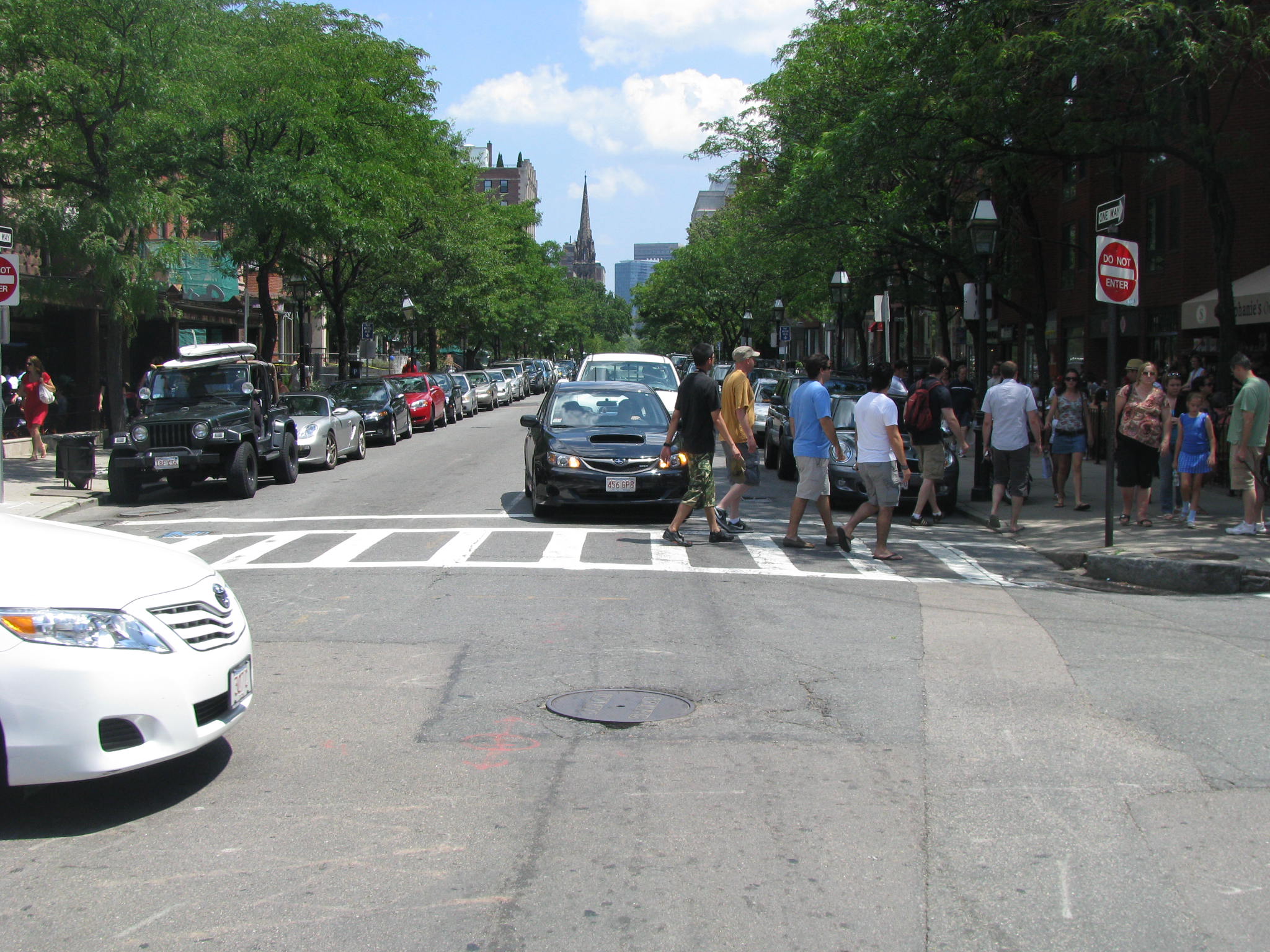We love our cars in this country. I used to live in southern California, where cars are an extension of people’s personalities. They spend a lot of time in their cars, thanks to a lack of mass transit, and a lot of money on fancy accessories like chrome wheels and fancy license plate frames. Our young nation has expanded and sprawled thanks to cheap gasoline. And we have built everywhere because of it. Urban sprawl is a direct result of cheap and available oil.
I was listening to Science Friday on NPR yesterday and the topic was the effect of the BP oil disaster in the Gulf. The scientists were talking about the long term impact on the environment and human health. That prompted a discussion and call-ins about how we can improve oil drilling safety to avoid future disasters and the subsequent environmental fall-out. I am fully aware that we will continue to need oil, so need to improve the reliability of the safety of getting that oil. But an important part of the future outlook is also decreasing our dependency on oil, so we don’t have to take more and more risky jumps to find and extract more oil. As a world, it’s a complicated equation. We have more nations than ever that are producing electricity, driving cars and consuming energy. And we in America have been leading that charge. There is no question that we can all do things in our daily lives to consume less oil. One small piece of decreasing our oil dependency as a nation is changing the way we use our cars.
We have created a landscape in this country in which we have to depend on our cars. We were just building our railroad infrastructure when cars took over, so we don’t have an extensive rail system like Europe and other parts of the world. We have built tracts of houses where there used be farmland and green spaces. We have abandoned cities and treasured architecture so we could build new houses and have more privacy. Strip malls are everywhere, paying no mind to aesthetics and walkability. There has been a small wave of shifting values in big cities as people are rediscovering the practically, community and health benefits of living in pedestrian friendly neighborhoods. City planners in those cities are now mindful of creating mixed-use spaces, with apartments above retail and restaurants, hidden parking garages and green spaces for benches, paths and play spaces in between. But we still love our cars.
Adam and I have been a one-car family for 14 years. It was easy when we lived in DC and rode the metro all the time. When we made the decision to move to Rochester, we carefully considered neighborhoods where we would have things to walk to and still only have one car. It takes some coordination, but we are committed to it.
I know not every family can only have one car. As I mentioned before, urban sprawl and unavailable mass transit options have made it impossible to not have a car in many parts of the country. And many couples both work out of the home in some capacity, which means two separate commutes. But every family can change their habits to use their cars less. Combining and grouping errands so that you aren’t wasting gas driving to and from various places and home. Carpooling. Taking the bus or train. Supporting businesses in your neighborhood when possible. And walking and biking when you can. It means giving up some convenience and having to plan ahead. And braving the elements sometimes.
If all of us just made a few less car trips each week or drove less miles, collectively, we would have a huge impact on the amount of fuel we use and the degradation on the environment. Until then, we might as well all just be chasing cars.







No Comment